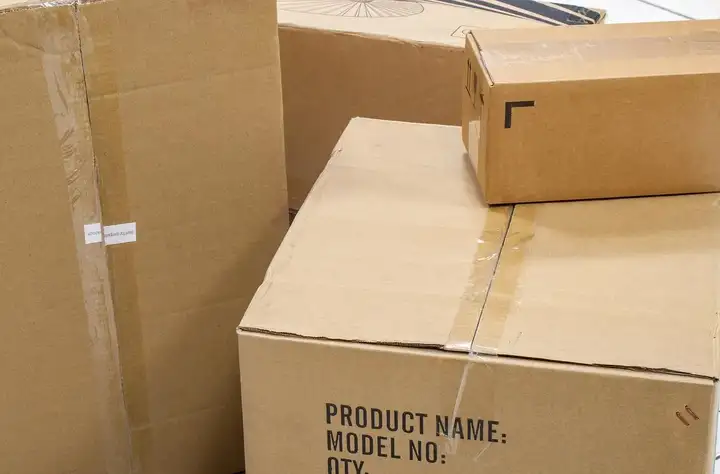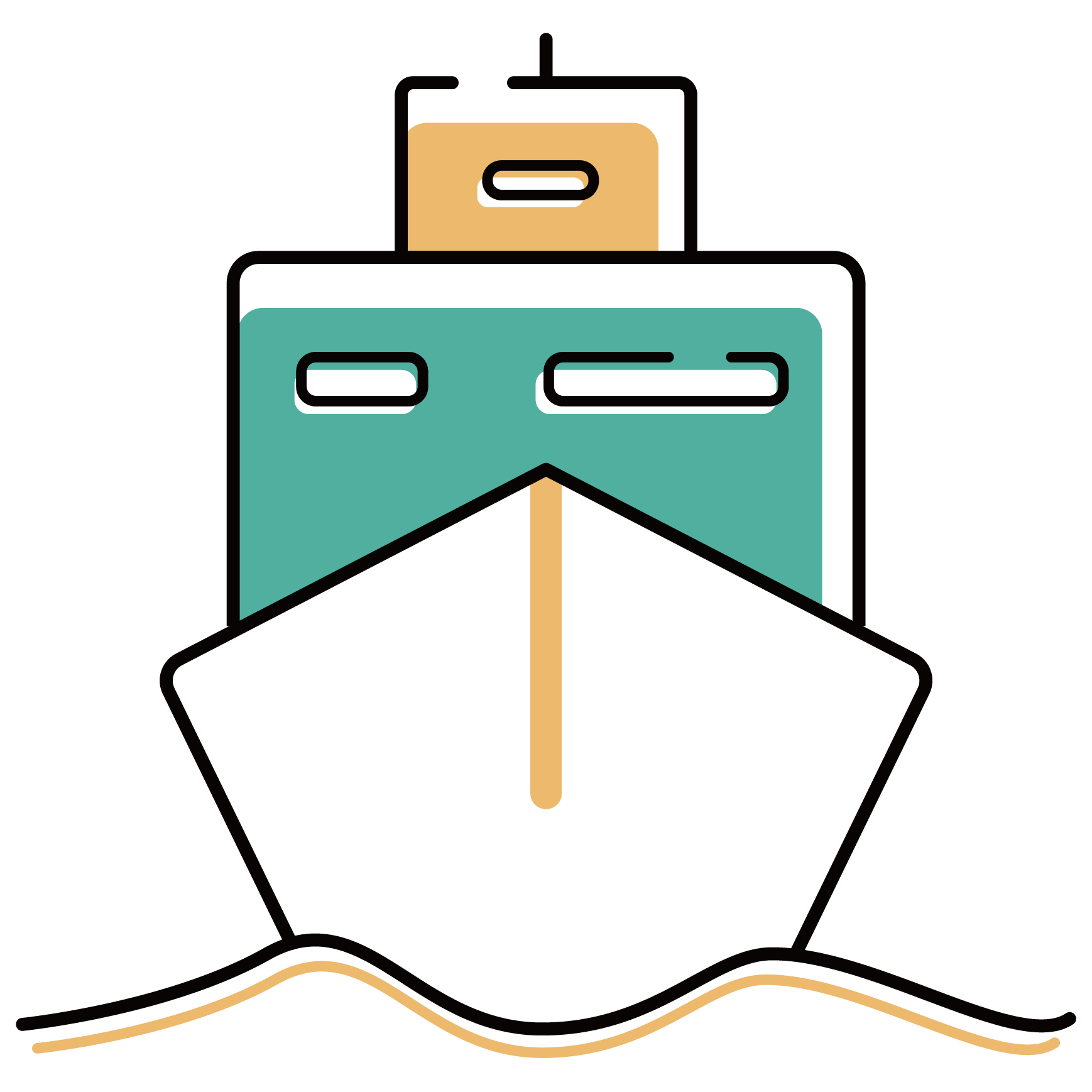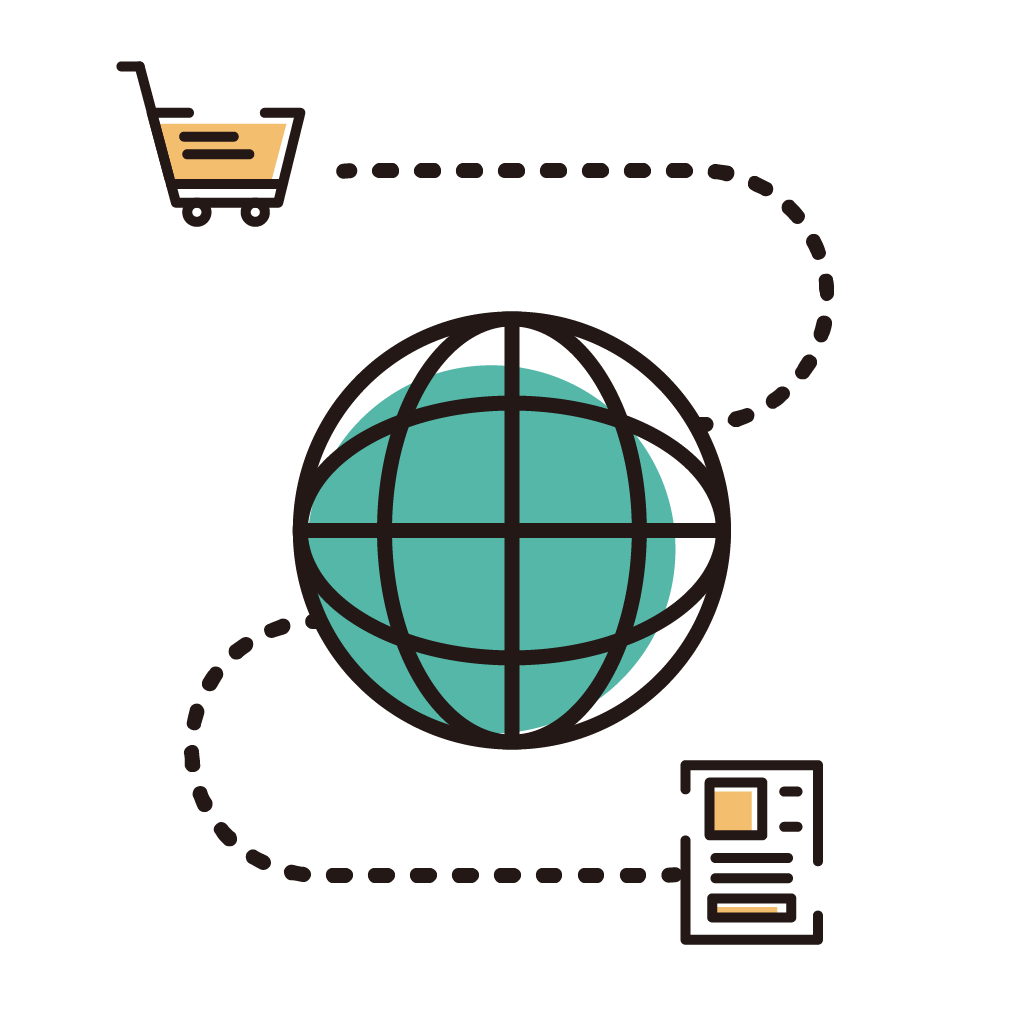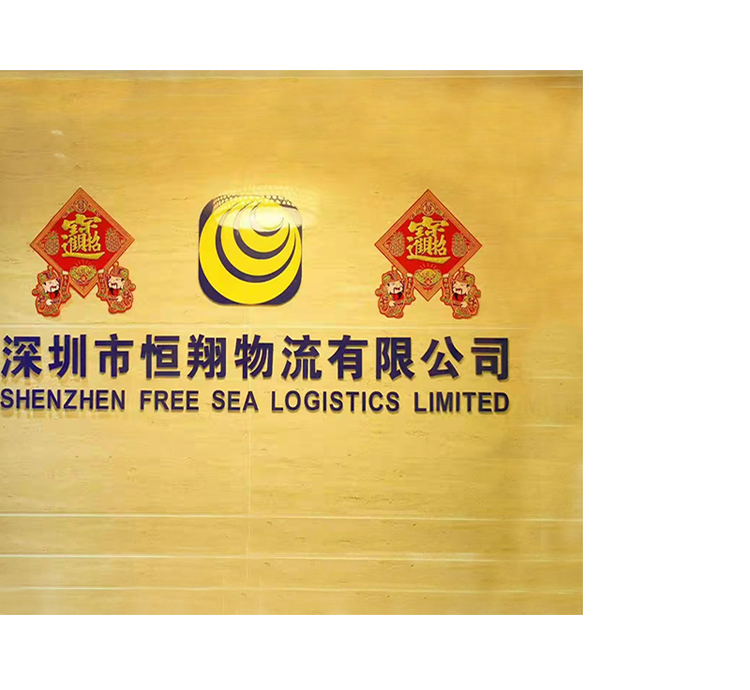When sending international express, besides the safe delivery of the goods, what we care most about is the cost. Freight, tariffs... these various fees are dazzling.
So, how do you calculate the cost of international express delivery? Is there any way to save money? FREE SEA will answer these questions one by one.
>. Freight Calculation
Freight is one of the main costs of international express delivery, and its calculation method is relatively fixed.
Generally speaking, the billing method for international express delivery is the larger of the actual weight and the volumetric weight. For example: a package weighs 10kg and the volumetric weight is 15kg, and the final billing weight is calculated as 15kg.

In addition to normal freight, international express delivery sometimes incurs some additional fees, which are as follows:
1. Remote area surcharge: If the delivery address is in a remote area, the delivery service provider will charge a certain remote area surcharge to make up for the additional costs incurred during the delivery process.
2. Fuel surcharge: Similar to the infrastructure fuel fee we usually pay when flying
3. Peak season surcharge: There are more parcels during the peak season of international express delivery, and express delivery companies need more workers to cope with the situation of insufficient transportation capacity. Therefore, express delivery companies will increase peak season surcharges to reduce labor costs.
4. Extra-long surcharge: When the unilateral or bilateral length or girth of the goods exceeds the limit, the express delivery company will charge an extra-long fee for each express shipment.
5. Overweight surcharge: When the weight of the goods exceeds the weight limit, an overweight fee is charged.
6. Service surcharge: Additional fees may be incurred for address changes, Saturday delivery, out-of-range delivery, etc.
>. Tariff analysis
Tariffs are another important cost component of international express delivery.

Tariffs are calculated based on the value of the item, its type, and the import tariff of the destination country. Tariff policies vary from country to country, with some countries imposing higher tariffs on specific items such as electronics, cosmetics, etc., while others impose a uniform tariff on all imported items.
>. How to save costs
1. Reduce the volume of express delivery
Reasonably arrange the volume of the package and try to maximize it. For example, when we mail clothes, we can use packaging technology to compress the package to the minimum.

2. Reasonable use of express delivery channels
Choose the right express company and service type. For example, if time requirements are not high, you can choose economical express delivery services to reduce freight costs.
3. Reduce the weight of express delivery
Reducing the weight of express delivery can also help us reduce logistics costs.
Finally, if you still have questions or you have delivery needs, you can consult us~























